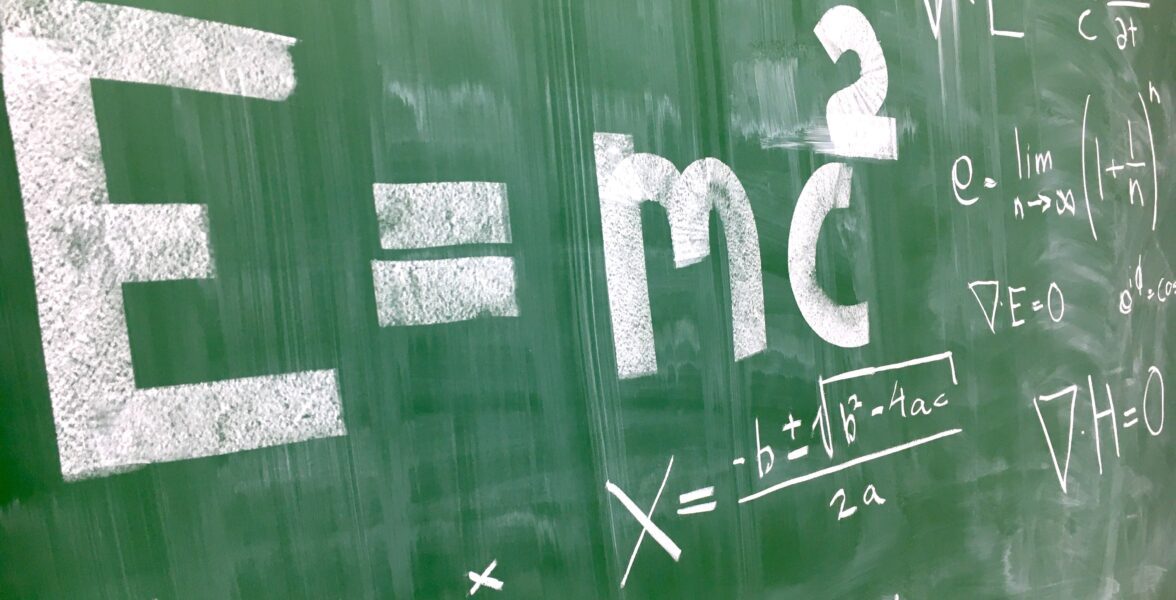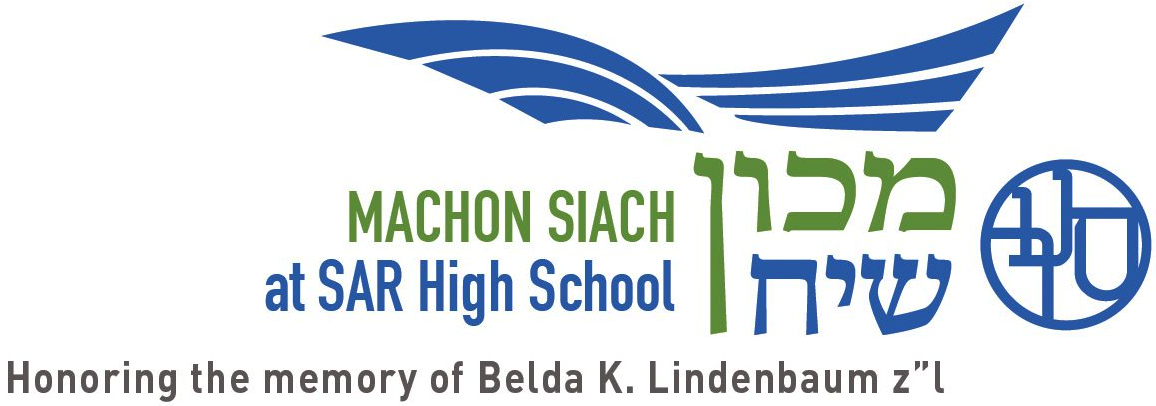
My Closing Physics Lesson
At the end of each year in my physics classes, we spend a few minutes reflecting on the year: what we have learned and where it can take us. In closing, I share the following 5 points with my class, which I believe have broader relevance beyond physics. Points 1, 3, and 4 are modeled after a similar talk that my mentor and colleague, Mr. Ron Zamir, gives to his students. I attribute many of these ideas to him.
1. High schoolers and physics. According to the American Institute of Physics, just over one third of high school students in America study physics. Among those, just under one quarter have teachers with formal physics (or physics-related) backgrounds. Multiplying those together, we find that only 1 in 12 American high schoolers graduate with exposure to a physics course on any level taught by someone with direct experience in the field. Our students are privileged to be part of that group. Every student at SAR takes physics, and our faculty—in science as in all departments—bring formal training, expertise, and experience in their subject areas to their teaching. SAR students should understand that they are provided with a top quality education. They should feel empowered by what they learn, and should recognize the opportunities that their knowledge affords them.
2. Women and physics. I went to an engineering school where for every 7 men enrolled, there were 3 women. There we were told that in the field of engineering, the ratio is 9 to 1. Perhaps it is even more striking that interest in STEM fields among girls seems to diminish with age. Taking computer science as an example, according to Girls Who Code, 66% of middle-school girls in America answer “yes” when asked if they might be interested in pursuing a computing field. Among high-schoolers that number is 32%, and when college freshmen are asked, only 4% of young women say that they want to pursue computer science.
I do not share these statistics to be alarmist, nor do I think that students should make academic and career decisions solely for the purpose of changing statistics. Rather, I believe that at SAR we are close to being successful at creating an environment in which our female students can take for granted that they are perceived, by themselves and by others, as belonging to STEM in a way that is equal to their male counterparts. I am proud that we teach in coed classrooms that make explicit the message that the same opportunities for growth and success are accessible to all of our students. In particular, the young women in our classes should recognize themselves as capable and important potential contributors to physics and physics-related fields.
3. Why study physics? As a class, we come up with a list of reasons to study physics. Each class’s list is different, but some of the frequent suggestions are:
- Physics helps us understand the world
- Physics helps us see beauty and structure in the world
- Physics is useful: with it, we can predict how things behave
- Physics provides necessary background for others areas of study (e.g., medicine, engineering, philosophy)
- Physics ideas are part of the common knowledge needed to understand references in popular and academic culture
- Physics can have religious meaning: it helps us understand God’s world and our place in it
- Physics sharpens broader cognitive skills
Now that students have gone through the curriculum, they are in a position to make a case for the value of physics.
4. Goggles. Every time we learn something, we acquire a new pair of goggles, a way to see the world. For example, two years ago, when our robotics team went to Israel, we took a walking tour of Jerusalem’s Old City, with a focus on the 1948 War of Independence. Luckily, I had walked those streets many times before, but I saw them in a totally different way during that walk. I suddenly noticed little plaques memorializing casualties of the war. In an unremarkable wall that I had always overlooked, I could now see a crack that young soldiers used as a peep-hole. That tour gave me and my four students a new pair of goggles to wear whenever we are in the Old City.
Physics is a profound pair of goggles. One that comments on everything we experience, from the jerking of an accelerating subway car to the sight of an eagle gliding in the sky on a calm summer day. With it, a concert of numbers and vectors, of particles and waves, of order and chaos, is superposed onto our world.
For me, this technical knowledge does not detract from my everyday experiences, but enhances them. Physics provides us with a language. One that helps us communicate our experiences of the world in objective and precise terms. In this way, otherwise intangible parts of life find meaningful expression. Our students will live in the physical world for their entire lives, and they now have another lens through which to see it.
5. Academic love. I was first exposed to physics 11 years ago in Mr. Zamir’s class. That was where I discovered my first academic love. The material we learned felt so natural, as if it had implicitly been with me my entire life, and was only now being manifest. I remember the first time I had the giddy feeling of being part-way through a problem, and seeing a clear path to the end. I knew that this field would follow me through life.
Physics is an academic love for me, but it is obviously not everyone’s. I believe that everyone can find an academic love. It seems that many people, especially in the early stages of their adult lives, make the mistake of pinning all of their happiness onto one thing, be it a satisfying career, money, a romantic relationship, clothing, or sports. The reality is that there is no ingredient for a happy life. It’s more like a recipe. And each person’s will be their unique blend.
My message to students is: make learning a part of that. Be open to discovering your chelek, your piece, in learning, and dive into it. Find it in yourself and find yourself in it. Let yourself be fascinated by it and be emboldened to contribute to it. Challenge it and let yourself be challenged by it.
Teach it.
That love can be incredibly gratifying and enriching.


